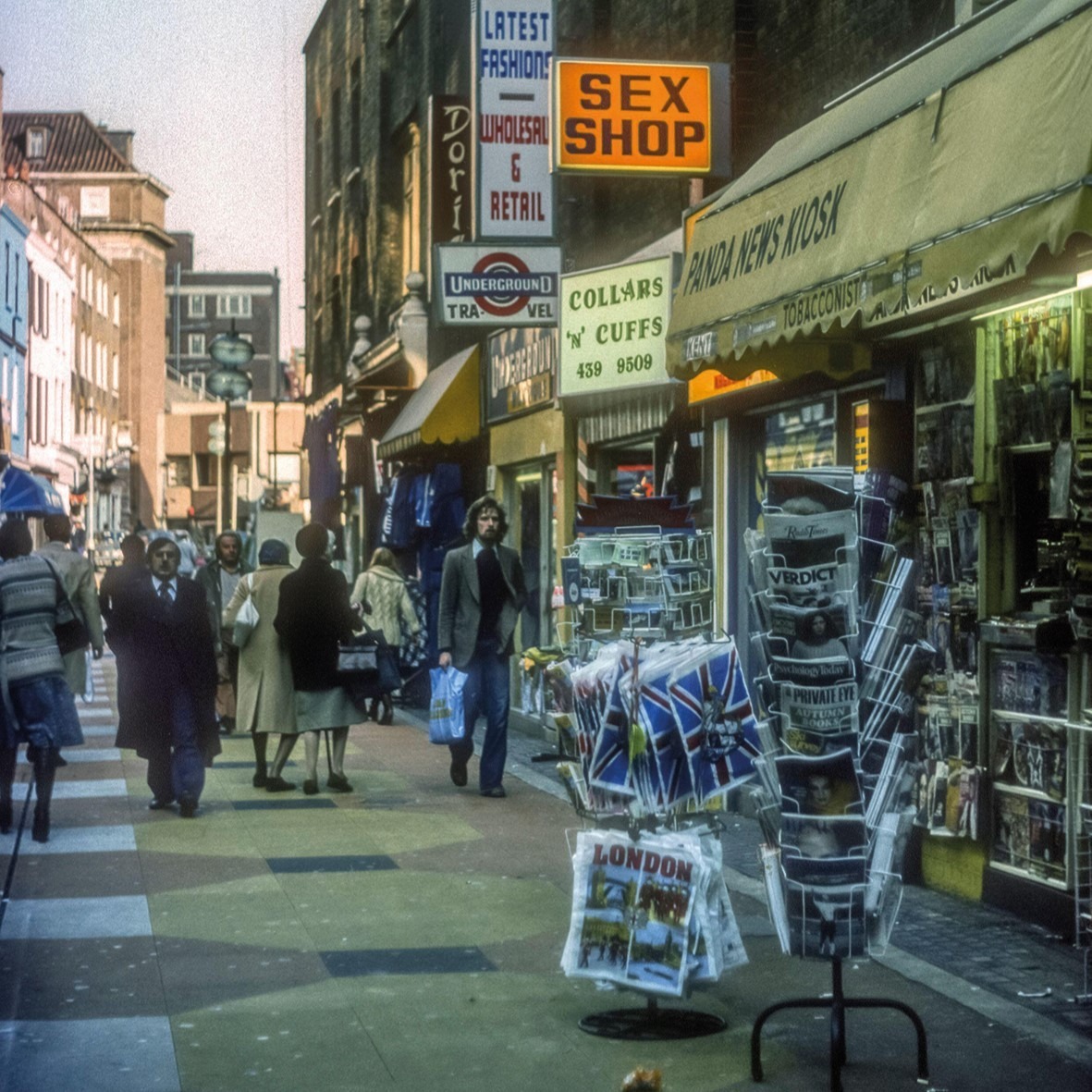George Lucas's diaries offer a window onto the underground gay scene of 1970s London

The Diaries of Mr Lucas: Notes from a Lost Gay Life (Atlantic Books) by Hugo Greenhalgh
Meet George Leo Lucas. At the turn of the 1970s, he is a middle-aged civil servant in London, working for the Board of Trade, where he is responsible for overseeing the papermaking industry. Mr Lucas (never George) is a bespectacled and conspicuously bald-headed figure, conservative in politics and formal in attire.
Outside work, Mr Lucas lives a rather different life. A gay man, not “out” in contemporary terms, but active on the urban “scene”, he tramps the streets and haunts the bars of Soho in pursuit of intimate companionship with younger men – for a price. At a time when same-sex desire between men was stigmatised – and, until 1967 in England and Wales, criminalised – Mr Lucas is ever conscious of the dangers of his double life and perpetually fearful of arrest and exposure.
Between 1948 and 2009, he recorded his everyday life, observations and innermost feelings in the pages of a long series of hand-written diaries. These eventually passed into the ownership of writer and gay rights activist Hugo Greenhalgh, following a chance meeting and a somewhat awkward friendship. Lucas died in 2014, and Greenhalgh’s book, which draws upon and curates the diaries, was published last year.
Greenhalgh guides us through Mr Lucas’s life, starting in the late 1940s when the diarist is oppressed by his homophobic parents, and his national service in Germany is curtailed when he is caught cruising by the military authorities. The bulk of the book, however, explores Lucas’s rackety life in the 1960s, when the diarist was physically and emotionally entangled with a series of younger male sex workers. One of these connections, with a rent boy, “Irish Peter”, brings Lucas into dangerous proximity to a world of violent criminality.
More generally, Mr Lucas – even then a self-consciously old-fashioned figure – is unimpressed by the advent of the 60s’ “cultural revolution”, perceiving a mixture of social decline and “frivolity”. Greenhalgh is a perceptive guide to the diaries, shepherding the reader through an England long disappeared, in which the very real threat of arrest and prison haunted queer men. His narrative treatment of the diaries includes elements of his own biography, as well as providing a more general meditation on sexuality and sex work.
Diarists may be ordinary, but they are perhaps rarely normal. This is certainly the case with George Lucas, an obsessive who seems to have written his diaries in character as an idealised version of himself with an eye to posthumous publication, yet at the same time used them as a kind of confessional in which he reveals himself as a libidinous misanthrope and an incorrigible suburban snob. The result is a unique view of queer male life in postwar London. Lucas’s diary entries are often characterised by a mixture of sexual intrigue, gossip from the scene, the crushingly trivial and the absurdity of the human condition.
Greenhalgh is candid about his own youthful experience as a sex worker, something which provides him with insight into the emotional and psychological impact of transactional sex. One of the most startling revelations in the book, which considers the moral ambiguities and power dynamics of both commercial and intergenerational sex, is not from the life of Mr Lucas, but Greenhalgh’s own.
Meanwhile the question of whether Mr Lucas exploited his “boys” – all of whom were in their early twenties – is one which the book does not shirk. A pious if unconventional Catholic, the diarist had convinced himself that his patronage of sex workers not only helped them financially but provided them with a relatively harmless client. Similar to the 19th-century tourists of East London slums described in Seth Koven’s book Slumming (2004), Mr Lucas’s motives encompassed a jumbled combination of eros and altruism. He seems to have genuinely wanted to help young men in distress – but ultimately, Greenhalgh writes, only on his own terms.
There is a sense, too, that Mr Lucas was drawn to the drama provided by the damaged lives of his “rent boys and Irish layabouts”, even to the point of quietly attending their courtroom appearances.
A product of his times and his dysfunctional upbringing, Mr Lucas seemed unable to form a companionate intimate relationship. Greenhalgh concludes that his diarist’s unusual and unhappy life, full of emotional pain and the associated miseries of living in an age when simply being gay was illegal, offers few direct lessons for the present day. He does, however, take heart from Mr Lucas’s tenacity as a diary keeper and his resilience in the face of adversity.
We might also see Mr Lucas’s life as an exemplar of the messy ambiguity of the queer past and his diaries as a fine introduction to a vanished social world.
This article is from New Humanist’s Spring 2025 issue. Subscribe now.

